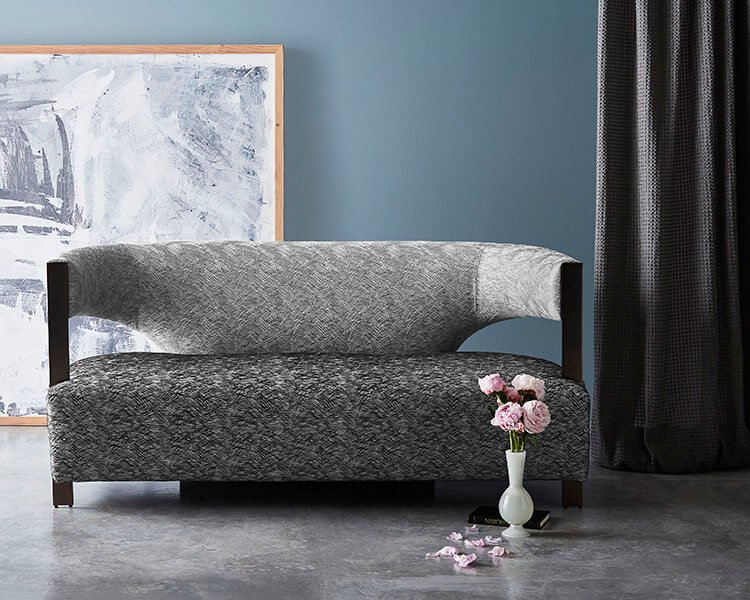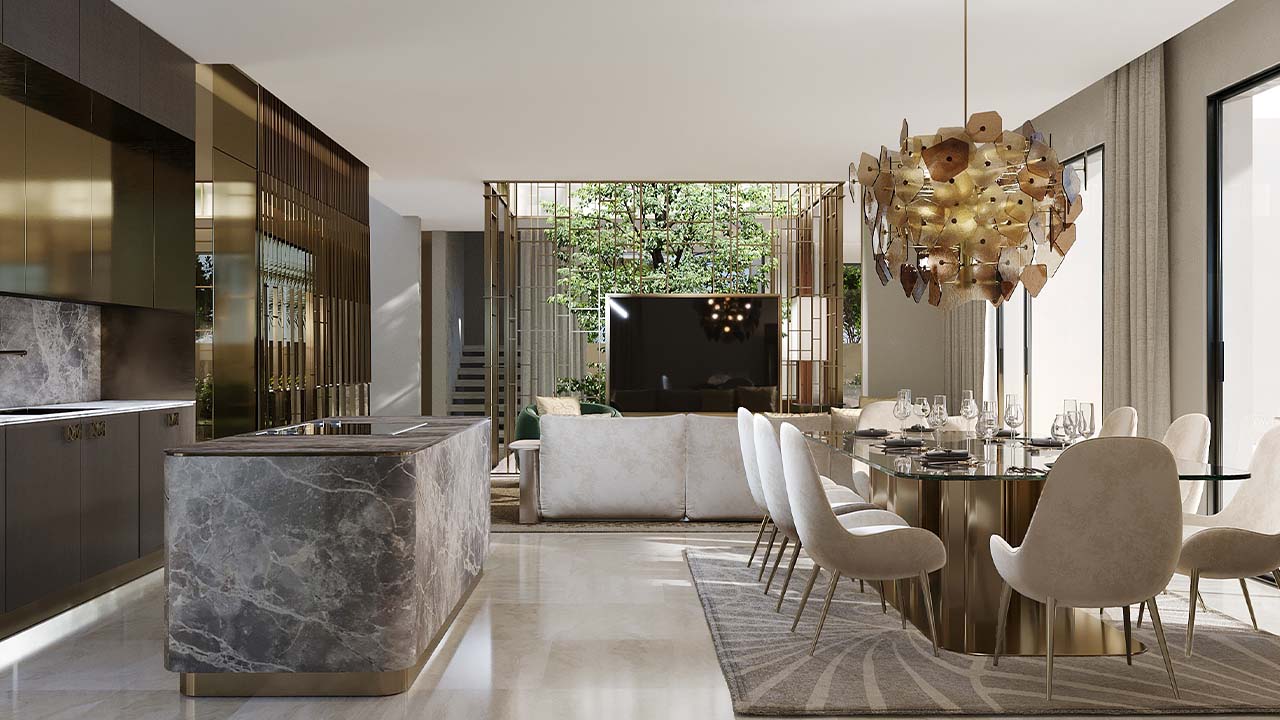 When it comes to interior renovations, everything, it seems, is at the touch of a fingertip. The do-it-yourself market has exploded, with socially driven platforms bringing homeowners easy access to design ideas. Pinterest, for example, has revolutionized the concept of visual bookmarking, while Houzz inspires with photos of finished spaces and then sells the products that help create those beautiful looks.
When it comes to interior renovations, everything, it seems, is at the touch of a fingertip. The do-it-yourself market has exploded, with socially driven platforms bringing homeowners easy access to design ideas. Pinterest, for example, has revolutionized the concept of visual bookmarking, while Houzz inspires with photos of finished spaces and then sells the products that help create those beautiful looks.
Houzz also has a database for finding an industry professional for hire. However, given this growing DIY culture, is that even necessary anymore?
The Design Center of the Americas Winter Market 2018, held earlier this year in Fort Lauderdale, gathered top talent from around the world to discuss, among other trends, the influence of the internet and social media on the professional design industry. Speakers addressed such topics as interior design for the new generation, navigating e-commerce, and the role creativity plays in designing fabric collections.
 Technology and consumer awareness are here to stay, and designers are reinventing themselves to integrate with the times. Though the barrier between professional and layman is becoming increasingly blurred, there remains a level of expertise that requires a trained eye.
Technology and consumer awareness are here to stay, and designers are reinventing themselves to integrate with the times. Though the barrier between professional and layman is becoming increasingly blurred, there remains a level of expertise that requires a trained eye.
Lifestyle pulled together 10 tips for working with a designer in the digital age, based on the presentations and conversations at the Winter Market.
- Use the internet for inspiration: Pinterest and the like have made it easy to gather images for inspiration. There is, however, a difference between seeing a finished room and knowing how to execute one.
- Photos in 2-D rarely capture the whole 3-D story: Images on blogs and in magazines are often staged vignettes, not an actual representation of the real room. Remember that the perfect Instagram shot is a snippet, and a well-designed space needs to take into account the real-life experience.
- Television timelines and budgets are unrealistic: As noted by Brian Patrick Flynn, an interior designer on HGTV’s “Dream Home 2016” who appeared at the Winter Market, it’s exciting to see a home renovation come together on screen in a matter of weeks and with an unbelievably low budget. However, television shows benefit from donations, freebies and large labor forces that are not accessible to the average consumer.
- Be aware of trends: You might love the houndstooth fabric and chevron patterns popping up in your social media feeds, but when translating those to a real space, tone it down by at least 50 percent. A timeless design base trumps trendy every single time.
- Quality over quantity: Millennials and minimalism are influencing this direction in the design industry, says Anne Maxwell Foster, principal designer for Tilton Fenwick in New York. Save for one or two signature pieces rather than packing a room with, what amounts to, a bunch of stuff that will have to be replaced after a year or two of use.
- Don’t ditch the catalogs: Mix in catalog pieces with elements that can be swapped out easily—for example, a sofa with pillows that can be updated as your style, tastes and budget evolve.
- Use curated collections as gateways: Suysel dePedro Cunningham, the other principal designer at Tilton Fenwick, says designer lines at popular retail stores (think Hearth & Hand with Magnolia, created for Target by Chip and Joanna Gaines) can infuse a touch of a designer style into your space without the price tag of high-end services.
- Explore online service options: Take advantage of online platforms, such as Affordable Interior Design, that connect consumers with design professionals and packages for less than the cost of hiring a traditional designer.
- Know where your money is going: A clearly written contract can reduce confusion over what to expect from a designer. Before a project begins, agree upon the details: Are you paying for the designer’s time? Are you obligated to purchase products through him or her? Is it a combination of both?
- Trust your designer’s expertise: Have faith that a professional interior designer will be able to identify your individual aesthetic style and create a custom look that will work within your budget. When given the freedom, he or she might even surprise you with a beautifully designed space that is beyond even your wildest Pinterest-worthy dreams.











